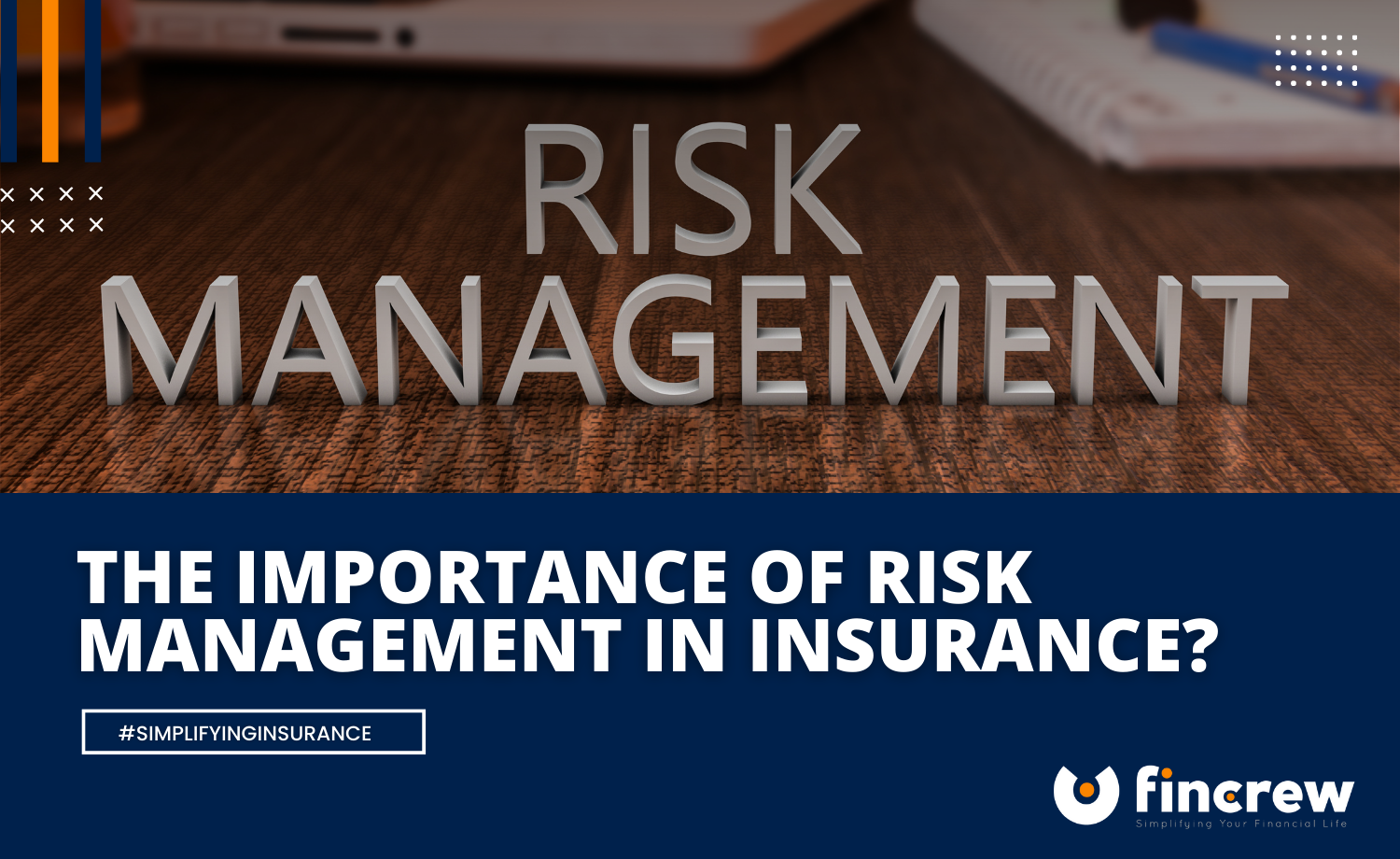The Vital Importance of Risk Management in Protecting Company Assets
The Value of Comprehending the Relevance of Risk Management in Different Industries

The Core Concept of Risk Management and Its Objective
Risk Management, the foundation of numerous markets, pivots on the recognition, analysis, and mitigation of unpredictabilities in an organization environment. By appropriately recognizing prospective risks, organizations can establish techniques to either stop these dangers from occurring or decrease their effect. As soon as dangers have been recognized and examined, the reduction process includes creating approaches to decrease their potential influence.
Benefits of Carrying Out Risk Management in Business Workflow

Unveiling the Duty of Risk Management in Different Industries
While every industry challenges its one-of-a-kind collection of risks, the execution of Risk Management methods stays a common measure in their quest of sustainability and growth. In the health care sector, Risk Management involves making sure individual security and information defense, while in financing, it entails mitigating investment risks and making certain governing compliance (importance of risk management). Building companies concentrate on employee safety, project hold-ups, and budget plan overruns. In the innovation industry, companies reduce cybersecurity dangers and modern technology obsolescence. Eventually, the duty of Risk Management throughout industries is to determine, analyze, and alleviate threats. It is a necessary part of critical planning, allowing companies to secure their possessions, make best use of chances, and accomplish their goals.
Real-life Case Researches Showing Successful Risk Management
To understand the relevance of Risk Management in these many sectors, one can look to numerous real-life circumstances that illustrate the effective application of these actions. For instance, in the energy industry, British Oil created Risk resource reduction intends post the 2010 Gulf of Mexico oil spill. They applied far better safety and security procedures and stricter regulations which considerably minimized further crashes. In money, Goldman Sachs successfully navigated the 2008 financial situation by recognizing potential mortgage-backed securities threats early. Last but not least, Toyota, post the 2011 quake in Japan, changed its supply chain Management to lessen interruption risks. These cases show just how industries, gaining from crises, successfully used Risk Management approaches to minimize future dangers.
Future Patterns and Advancements in Risk Management Strategies
Cybersecurity, when an outer worry, has actually catapulted to the leading edge of Risk Management, with techniques concentrating on reaction, avoidance, and discovery. The combination of ESG (Environmental, Social, Governance) variables into Risk Management is an additional growing fad, mirroring the raising acknowledgment of the duty that environmental and social risks play in business sustainability. Hence, the future of Risk Management lies in the blend of advanced innovation, cutting-edge strategies, and a holistic read more method.
Conclusion
In conclusion, comprehending the value of Risk Management throughout a range of sectors is essential for their long life and success. Ultimately, effective Risk Management contributes to much more lasting and resistant home organizations, highlighting the importance of this method in today's vibrant and extremely competitive organization atmosphere.
While every industry confronts its special set of risks, the application of Risk Management approaches continues to be a typical denominator in their pursuit of sustainability and growth. In the medical care field, Risk Management entails making sure client safety and data protection, while in money, it entails mitigating financial investment threats and making sure regulative compliance. Ultimately, the role of Risk Management across sectors is to recognize, examine, and reduce risks. These instances demonstrate just how industries, learning from dilemmas, successfully applied Risk Management approaches to reduce future dangers.
